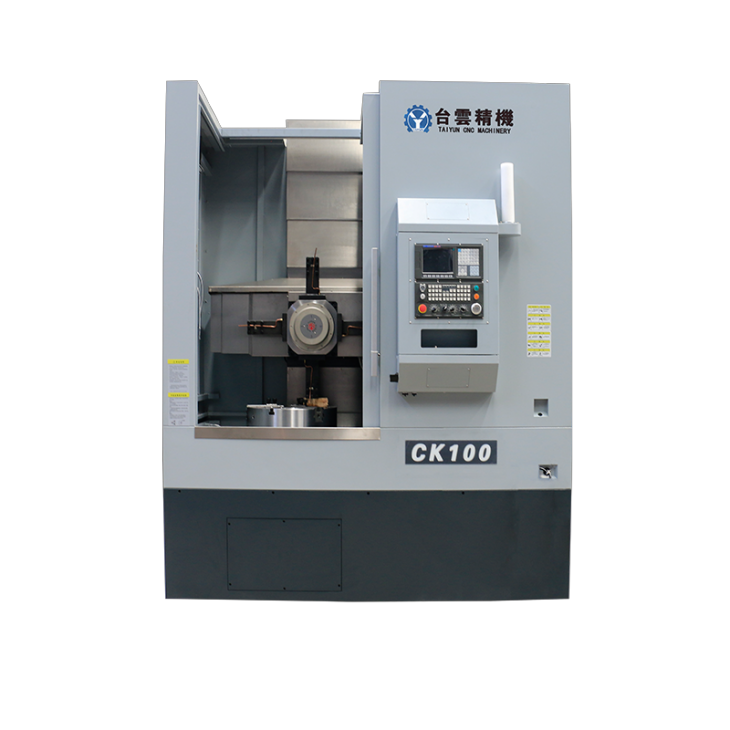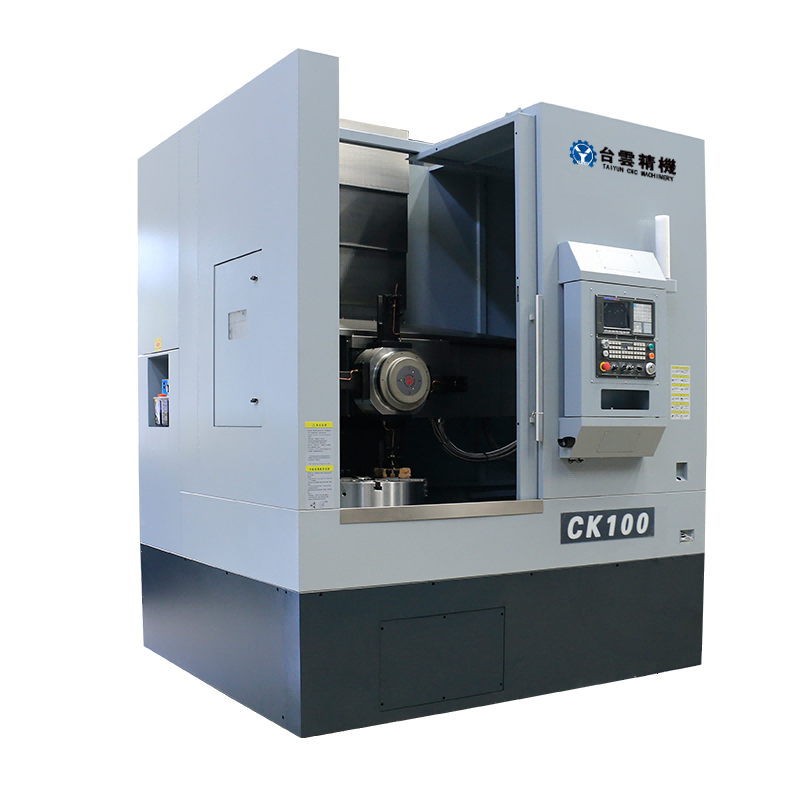- Recommended news
-
System composition of CNC horizontal machining center
2024-06-18
-
A method to solve the problem of spindle shaking in CNC lathes
2024-06-15
-
In which industry is the most widely used CNC vertical lathe?
2024-06-04
-
How to clamp the workpiece on a CNC vertical lathe?
2024-05-29
-
CNC milling machine machining center commonly used accessories
2024-05-25
-
Steps for adjusting the turret of a CNC vertical lathe
2024-05-22
vertical lathe machine
A vertical lathe is a lathe in which the spindle axis is perpendicular to the horizontal plane and the workpiece is mounted on a horizontal rotary table....
A vertical lathe is a lathe in which the spindle axis is perpendicular to the horizontal plane and the workpiece is mounted on a horizontal rotary table. Vertical lathes are mainly used to process large and heavy workpieces with large diameters and short lengths. The emergence of vertical lathes, especially their satisfactory rotation diameter, solves the problem of too heavy workpieces being difficult to clamp on horizontal lathes, and at the same time reduces the cost of clamping. The influence of the workpiece's own weight on the machining accuracy is eliminated.
The main structural feature of a vertical lathe is that its spindle is in a vertical position and the worktable is in a horizontal plane, which makes the installation and adjustment of the workpiece relatively convenient. The vertical lathe worktable is supported by guide rails, ensuring its good rigidity and smooth cutting. In addition, vertical lathes are equipped with multiple tool holders and can achieve quick tool changes, thereby improving processing efficiency.
When using a vertical lathe, you need to pay attention to operating specifications and safety standards, and perform regular maintenance and upkeep of the equipment to ensure normal operation and extend the service life of the equipment. At the same time, selecting appropriate cutting tools, fixtures and measuring tools for vertical lathes, as well as optimizing processing parameters, are also the keys to improving processing quality and efficiency.
In general, vertical lathes play an important role in modern manufacturing with their unique structural characteristics and wide range of applications. Whether it is the processing of large workpieces or the realization of high-precision requirements, vertical lathes can provide stable and efficient solutions.
| Specification | unit | CK100 | Specification | unit | CK100 |
| X axis | mm | 580 | Tool holder form | Vertical four-station | |
| Z axis | mm | 800 | Ball screw accuracy | C3 level | |
| Maximum turning diameter | mm | Φ1000 | Lead Screw Size | X:Φ40*10mm Z:Φ50*10mm | |
| turning diameter | mm | Φ1000 | X direction motor | 15NM | |
| turning height | mm | 800 | Z direction motor | 18NM | |
| Spindle speed | rpm | 100-800 | Spindle motor | 22Kw/375rpm | |
| Spindle motor power | Kw | 22Kw/375rpm | RS-232 transmission interface and USB interface | RS-232 | |
| Spindle diameter | mm | Φ160 | X/Zaxis rapid feed rate | 8m/min | |
| Chuck type | hydraulic chuck | positioning accuracy | mm | ±0.012 | |
| Chuck Specifications | 24 inches | Repeatability | mm | ±0.008 | |
| Tool holder form | Vertical four-station | Dimensions (approx.) | mm | 2600*2600*3500mm | |
| Ball screw accuracy | C3 level | equipment weight | kg | 7500 | |
| Lead Screw Size | X:Φ40*10mm Z:Φ50*10mm |

 English
English 日本語
日本語 한국어
한국어 Россия
Россия  Français
Français España
España عرب .
عرب .  Português
Português Deutsch
Deutsch भारत
भारत Нидерланды
Нидерланды












